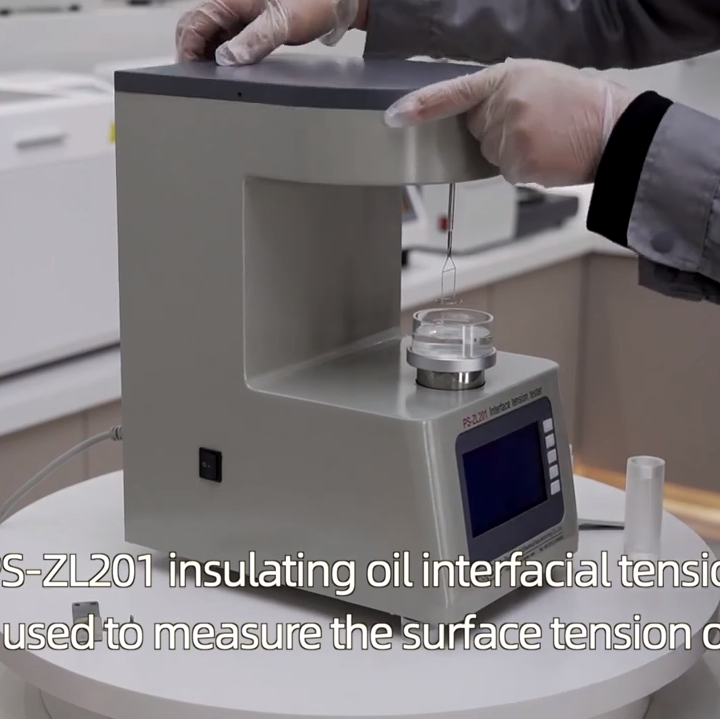 English
English



-
 Afrikaans
Afrikaans -
 Albanian
Albanian -
 Amharic
Amharic -
 Arabic
Arabic -
 Armenian
Armenian -
 Azerbaijani
Azerbaijani -
 Basque
Basque -
 Belarusian
Belarusian -
 Bengali
Bengali -
 Bosnian
Bosnian -
 Bulgarian
Bulgarian -
 Catalan
Catalan -
 Cebuano
Cebuano -
 China
China -
 China (Taiwan)
China (Taiwan) -
 Corsican
Corsican -
 Croatian
Croatian -
 Czech
Czech -
 Danish
Danish -
 Dutch
Dutch -
 English
English -
 Esperanto
Esperanto -
 Estonian
Estonian -
 Finnish
Finnish -
 French
French -
 Frisian
Frisian -
 Galician
Galician -
 Georgian
Georgian -
 German
German -
 Greek
Greek -
 Gujarati
Gujarati -
 Haitian Creole
Haitian Creole -
 hausa
hausa -
 hawaiian
hawaiian -
 Hebrew
Hebrew -
 Hindi
Hindi -
 Miao
Miao -
 Hungarian
Hungarian -
 Icelandic
Icelandic -
 igbo
igbo -
 Indonesian
Indonesian -
 irish
irish -
 Italian
Italian -
 Japanese
Japanese -
 Javanese
Javanese -
 Kannada
Kannada -
 kazakh
kazakh -
 Khmer
Khmer -
 Rwandese
Rwandese -
 Korean
Korean -
 Kurdish
Kurdish -
 Kyrgyz
Kyrgyz -
 Lao
Lao -
 Latin
Latin -
 Latvian
Latvian -
 Lithuanian
Lithuanian -
 Luxembourgish
Luxembourgish -
 Macedonian
Macedonian -
 Malgashi
Malgashi -
 Malay
Malay -
 Malayalam
Malayalam -
 Maltese
Maltese -
 Maori
Maori -
 Marathi
Marathi -
 Mongolian
Mongolian -
 Myanmar
Myanmar -
 Nepali
Nepali -
 Norwegian
Norwegian -
 Norwegian
Norwegian -
 Occitan
Occitan -
 Pashto
Pashto -
 Persian
Persian -
 Polish
Polish -
 Portuguese
Portuguese -
 Punjabi
Punjabi -
 Romanian
Romanian -
 Russian
Russian -
 Samoan
Samoan -
 Scottish Gaelic
Scottish Gaelic -
 Serbian
Serbian -
 Sesotho
Sesotho -
 Shona
Shona -
 Sindhi
Sindhi -
 Sinhala
Sinhala -
 Slovak
Slovak -
 Slovenian
Slovenian -
 Somali
Somali -
 Spanish
Spanish -
 Sundanese
Sundanese -
 Swahili
Swahili -
 Swedish
Swedish -
 Tagalog
Tagalog -
 Tajik
Tajik -
 Tamil
Tamil -
 Tatar
Tatar -
 Telugu
Telugu -
 Thai
Thai -
 Turkish
Turkish -
 Turkmen
Turkmen -
 Ukrainian
Ukrainian -
 Urdu
Urdu -
 Uighur
Uighur -
 Uzbek
Uzbek -
 Vietnamese
Vietnamese -
 Welsh
Welsh -
 Bantu
Bantu -
 Yiddish
Yiddish -
 Yoruba
Yoruba -
 Zulu
Zulu
current transformer testing
Current Transformer Testing Ensuring Reliability and Accuracy
Current transformers (CTs) play a crucial role in power systems, enabling the measurement of high currents and providing essential data for protection and monitoring. To ensure their reliability and accuracy, rigorous testing procedures are essential. This article examines the importance of current transformer testing and highlights key methods employed to validate their performance.
Current Transformer Testing Ensuring Reliability and Accuracy
One of the common testing methods is the ratio test, which determines the transformation ratio of the CT. By applying a known current to the primary side and comparing it with the secondary output, technicians can verify if the CT operates within its specified accuracy class. This is fundamental in ensuring that the CT will accurately reflect the current under typical operational loads.
current transformer testing

In addition to the ratio test, insulation resistance testing is vital to ascertain the electrical integrity of the CT. High insulation resistance indicates that the device can withstand high voltages without allowing current leakage, which is essential for safe and efficient operation. Furthermore, winding resistance tests are conducted to assess the resistance of the primary and secondary windings, ensuring that they meet design specifications and revealing any potential issues such as short circuits or open circuits.
Another increasingly important aspect of CT testing involves the use of digital test equipment. Modern methods, such as swept frequency response analysis, allow for a comprehensive analysis of the CT's performance across a range of frequencies, providing insights into the accuracy and potential issues that may arise during operation. This technology enhances traditional testing methods, enabling more in-depth diagnostics.
In conclusion, testing current transformers is a vital process that ensures the reliability, accuracy, and safety of electrical systems. By employing a range of testing methods, including ratio tests, insulation testing, and modern digital techniques, stakeholders can confirm that CTs function as intended, thereby safeguarding both equipment and personnel in the power industry. Ongoing advancements in testing technologies will undoubtedly contribute to even greater accuracy and reliability in the future.
-
Testing Equipment Industry Sees Major Advancements in 2025: Smart & Precision Technologies Lead the WayNewsJun.06,2025
-
Applications of Direct Current Generators in Renewable Energy SystemsNewsJun.05,2025
-
Hipot Tester Calibration and Accuracy GuidelinesNewsJun.05,2025
-
Digital Circuit Breaker Analyzer Features and BenefitsNewsJun.05,2025
-
Benefits of Real-Time Power Quality Monitoring Devices for Industrial EfficiencyNewsJun.05,2025
-
Earth Fault Loop Testing in High-Rise Building Electrical SystemsNewsJun.05,2025



